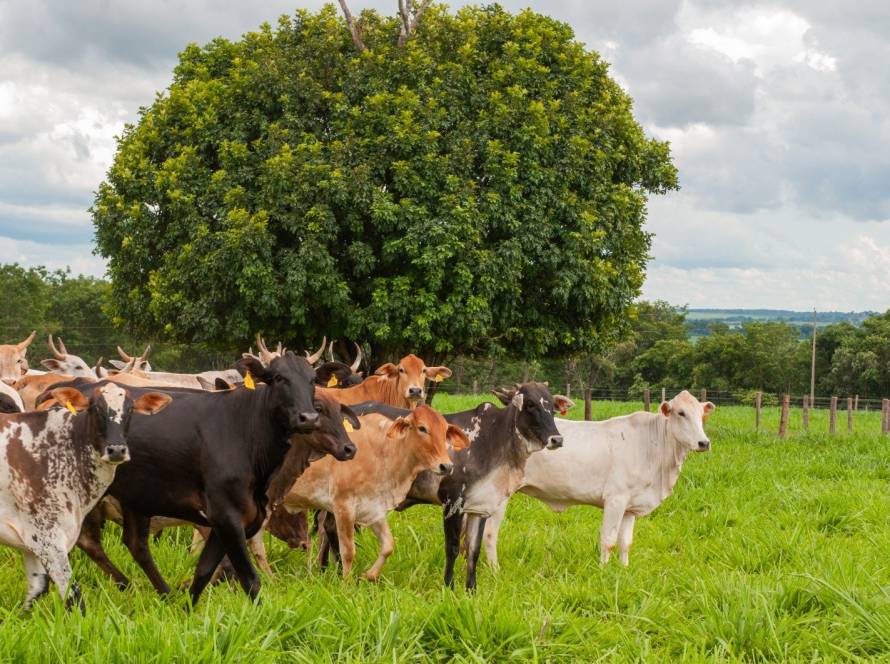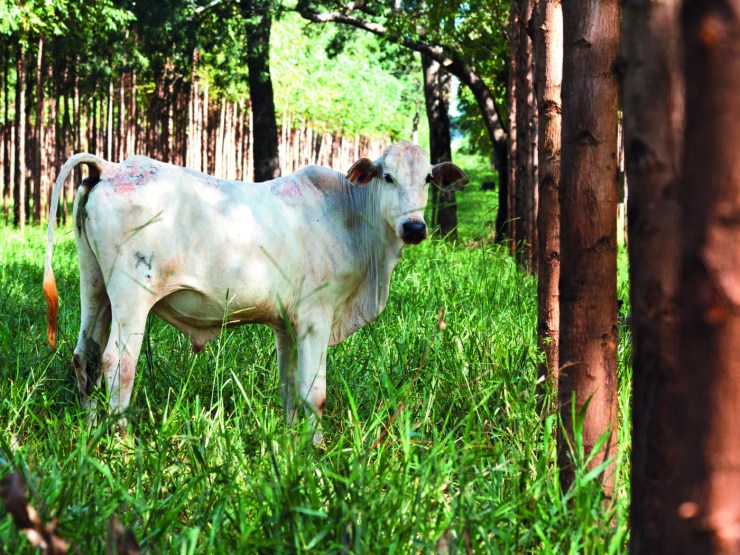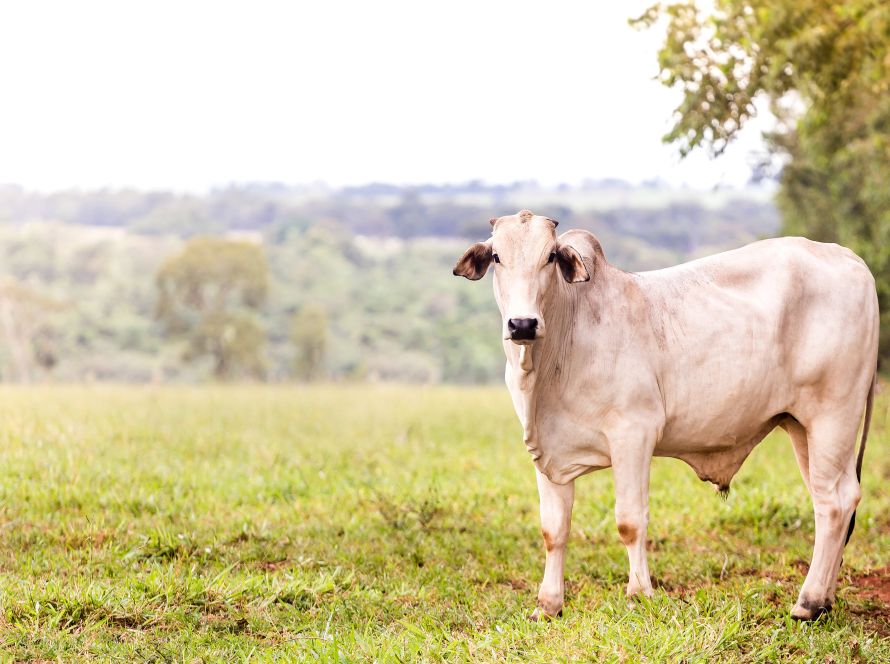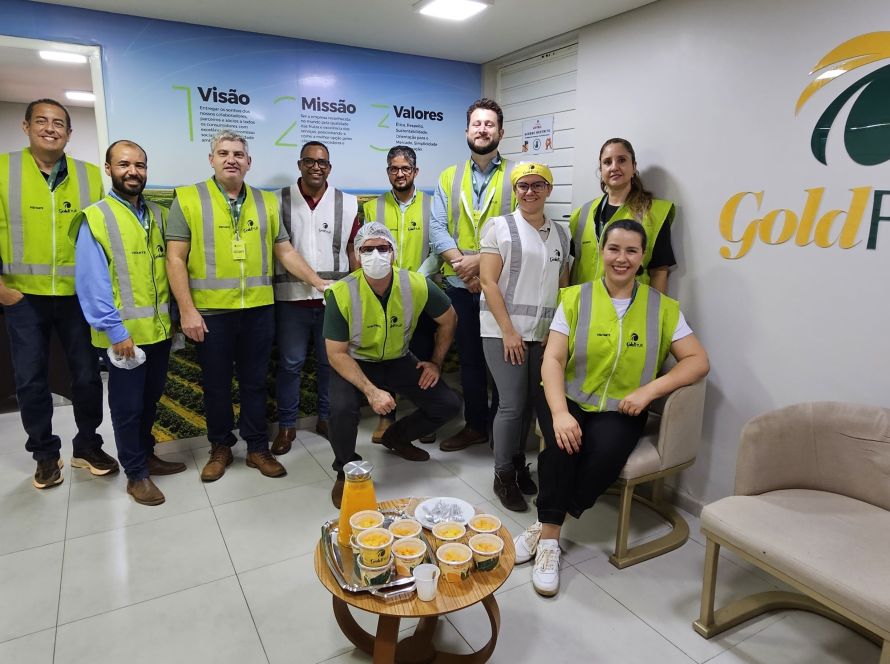Goiás has significant potential for the development of fish farming, with highly favorable geographic, climatic and economic conditions. The proximity to the Federal District and the strong production of grains, such as corn and soybeans, help reduce feed costs, making the activity more competitive. However, production growth is still slow, and challenges such as the lack of tax equality between the states of the Central-West and the constant changes in legislation prevent a more significant development of the sector.

Photos: Jaelson Lucas
The president of the Aquaculture Commission of the Agriculture and Livestock Federation of Goiás (FAEG), Paulo Roberto Silveira Filho, emphasizes that the state has all the necessary factors to increase its participation in the national fish market. He highlights that the supply of essential inputs, combined with the favorable climate, mainly favors the production of tilapia, which represents the majority of fish farming in Goiás.
In 2024, Goiás produced 30,730 tons of fish, an increase of 2.95% compared to the previous year, according to data from the Brazilian Fish Association (Peixe BR). Despite the progress, the numbers show a fluctuation in production in recent years. In 2020, 30,062 tons were recorded, with drops and recoveries in the following periods, highlighting the challenges faced by the sector.
Tilapia remains the most cultivated species, with 23,200 tons produced in 2024, followed by native fish, which totaled 7,300 tons. Other species, such as carp, trout and panga, had more modest production, totaling 230 tons.
Infrastructure
In addition to production, Goiás stands out for its infrastructure focused on fish farming. The state has a total area of 7,336 hectares of fish farms, distributed across 30,569 units. In addition, there are 5,648 net cages, which highlights the diversity of production systems used by fish farmers in Goiás, according to a survey by the Bussola.farm platform.
 Among the municipalities, Niquelândia leads the ranking of the largest fish producers, followed by Inaciolândia, Quirinópolis and Gouvelândia. Other municipalities such as Luziânia, Colunas do Sul and Morrinhos also stand out in the activity, according to preliminary data from the IBGE Municipal Livestock Survey.
Among the municipalities, Niquelândia leads the ranking of the largest fish producers, followed by Inaciolândia, Quirinópolis and Gouvelândia. Other municipalities such as Luziânia, Colunas do Sul and Morrinhos also stand out in the activity, according to preliminary data from the IBGE Municipal Livestock Survey.
Challenges
Despite its competitive advantages, fish farming in Goiás still faces challenges that prevent faster growth. One of the main obstacles is the lack of tax harmonization between neighboring states, which creates distortions in the market and impacts local producers.
Furthermore, environmental legislation, which is already largely complied with by fish farmers in Goiás, is constantly updated, making it difficult for small and medium-sized producers to adapt.
The scenario indicates that, in order to consolidate fish farming as an activity with greater economic expression in Goiás, it is necessary to advance in simplifying regulations and creating public policies that favor the sector.
Meanwhile, producers continue to seek efficiency to overcome challenges and increase the state's participation in the national fish market.








